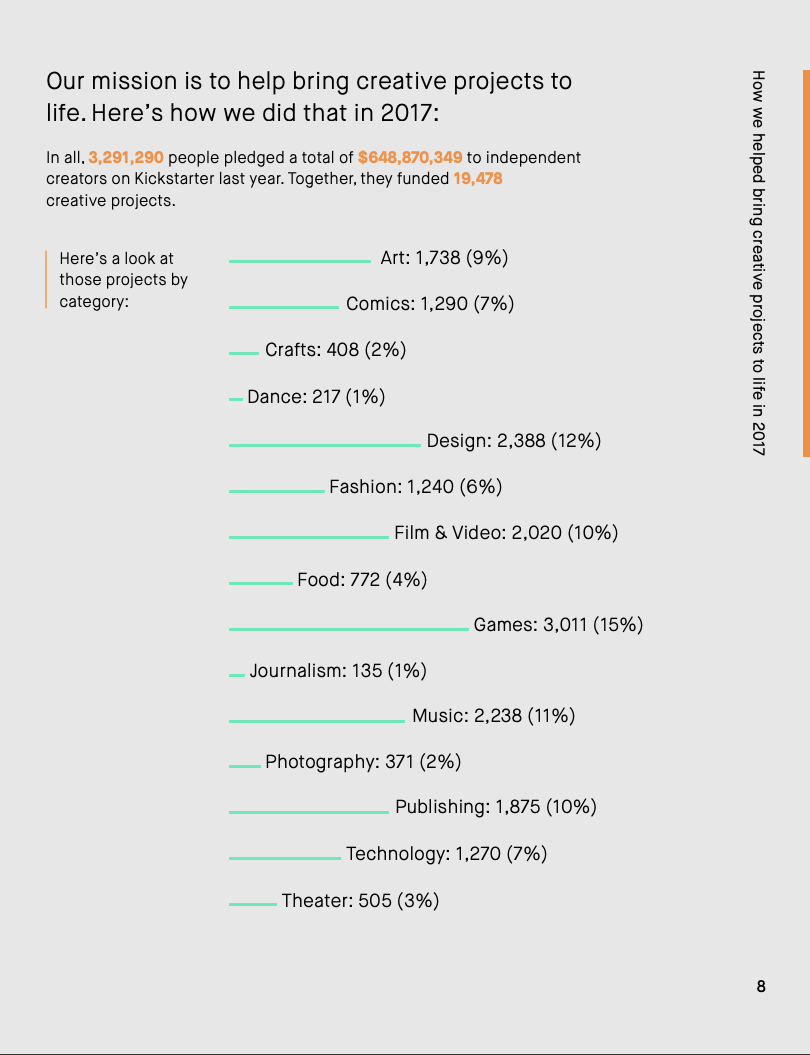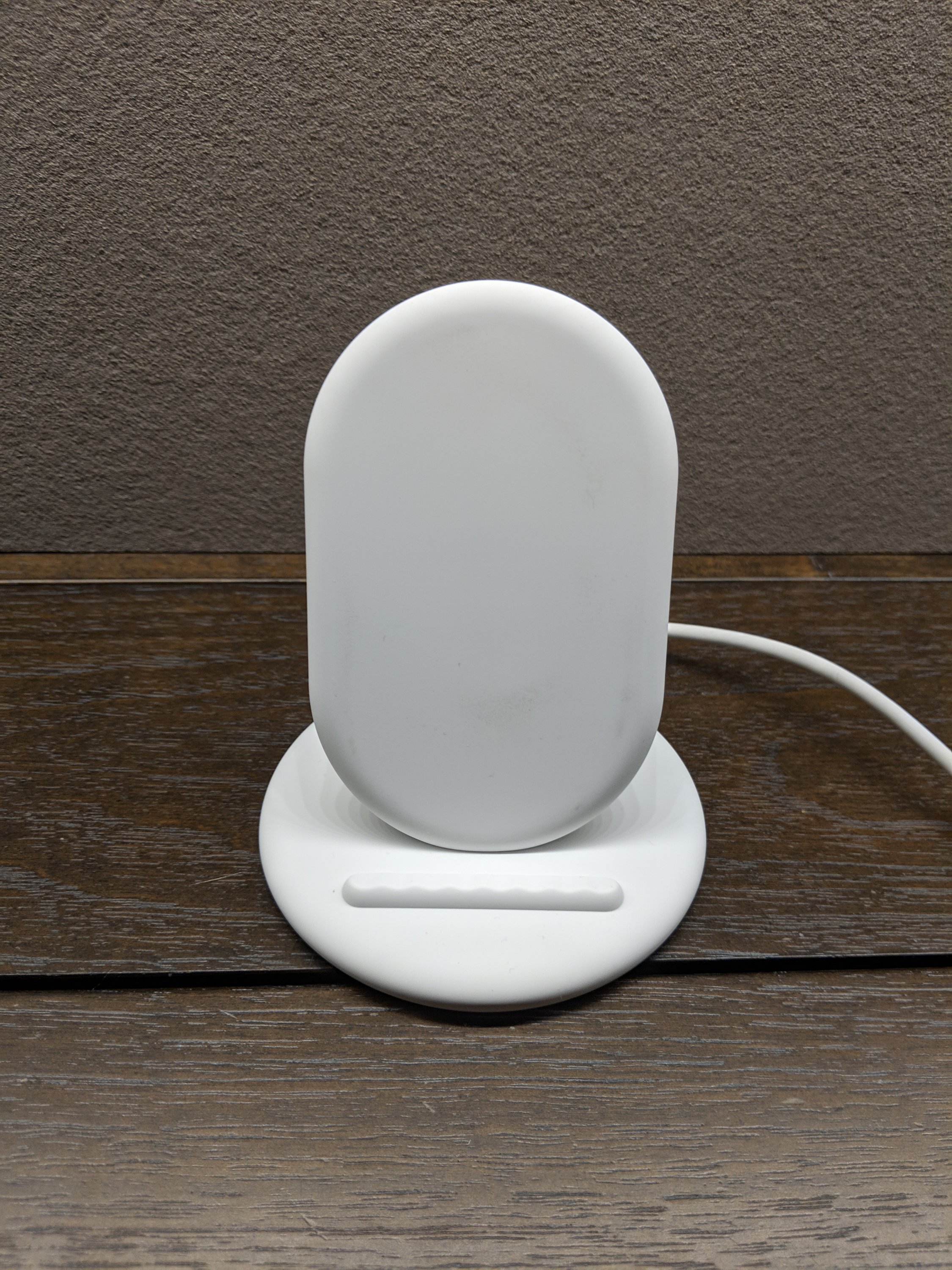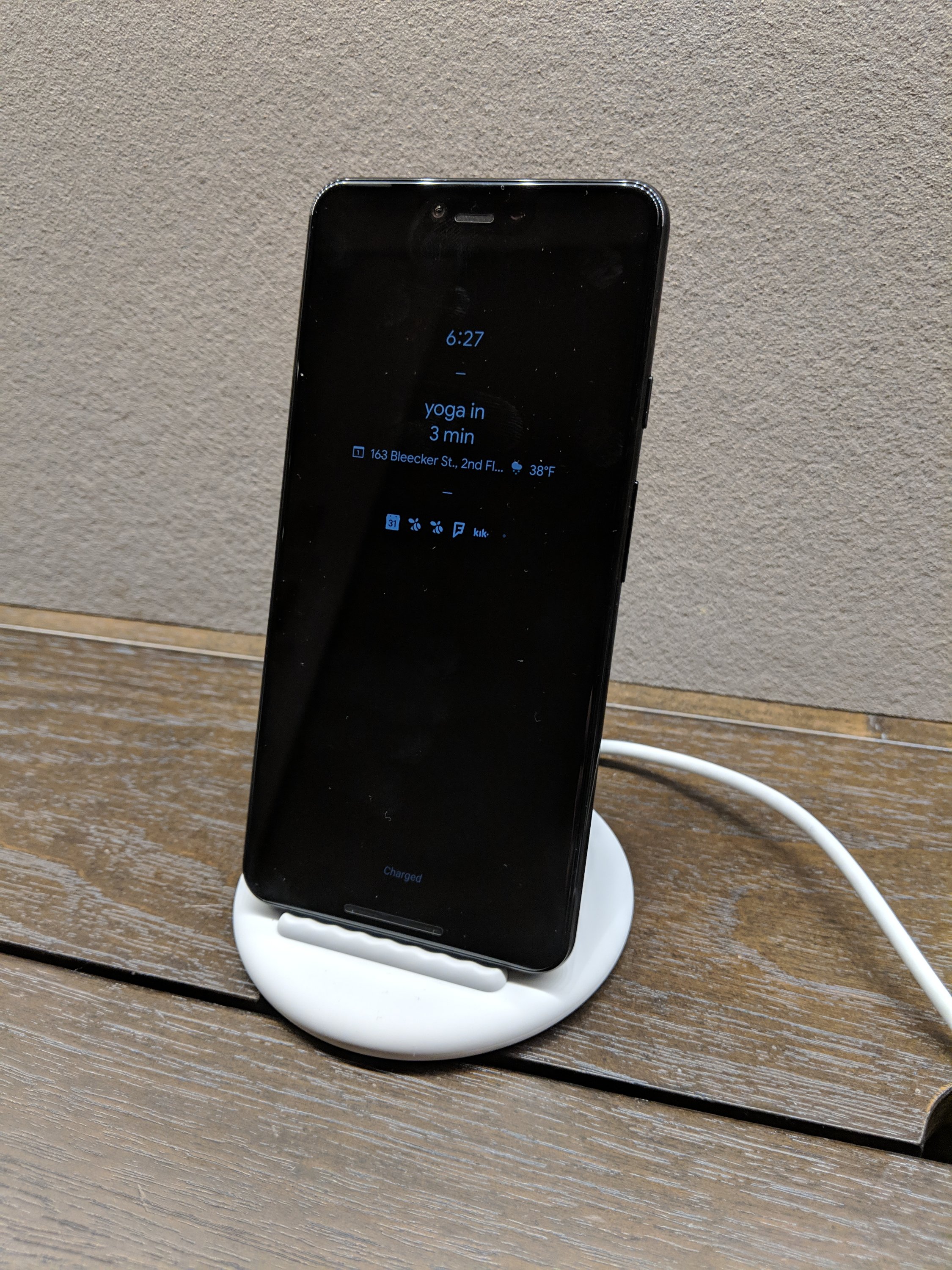The Pivot is celebrated in startup land. Huge successes like Twitter and Slack are all the results of pivots. So surely pivoting is a good thing, right?
Well, I am not so sure. And I certainly don’t want entrepreneurs to think that pivoting is the right thing to do when their original idea fails. It may be better to let the failing startup fail and start over again from scratch.
I am not talking about the slight pivot; making a change in business model with the same product, selling a slightly different product to the same customer, going up market to a different customer. Those are not really pivots, they are evolutions that every startup company goes through.
I am talking about the hard pivot. Changing the product, market, and business entirely. Essentially starting over from scratch.
And I am not sure hard pivots are good for anyone.
Here is why.
If you raise funding for a startup idea, you will take some dilution and you will have a bunch of investors who backed you and your idea and are believers in it. You will have assembled a team that you built with the original idea in your mind.
If that idea fails and you pivot into a new idea, you will take all of those investors, team members, and dilution with it, whether or not they are excited about it.
You can always swap out old team members for new ones, and so the team issues are real but probably not as significant as your investor and dilution issues.
If you choose the pivot approach, you will have investors for the life of the pivot who did not choose to back your new business and may have no interest in it other than their financial interest.
But the bigger issue is the dilution you take into your next startup. I have never understood why entrepreneurs would want to use a company and a cap table that they no longer own 100% of to do a new startup. They are just carrying baggage that they don’t have to and probably should not carry.
I understand the argument that starting a new company by pivoting with cash in the bank and a team that is already built is attractive and giving those back and starting over from scratch is harder. But the harder path is often the best path. And the easy path is often the harder one.
If you were able to do a startup from scratch once, I would imagine you can do it again. And doing it again allows you to keep a lot more of the new company and custom build it from scratch, putting together the ideal team and the ideal investor group.
I have always suspected that entrepreneurs also choose the pivot over some sort of loyalty to their investors. If that is the case, I would like to say that this investor does not want any of that misguided loyalty.
The truth of seed and early stage investing is that the failure rates are very high. We write off investments in failed companies in every one of our funds at USV, usually multiple times. The Gotham Gal, who invests much earlier than USV, writes off investments at an even higher rate.
So early stage investors are used to failing. It is built into our business model. What we want in return for accepting this high rate of failure are the spectacular successes that we get when everything clicks; the right idea, at the right time, with the right team, the right investor group, and the right execution.
And while pivots can deliver all of the “rights”, I am not sure that they do that at the same percentage as the startup from scratch, given all of the baggage that they are carrying.
And there is nothing I dislike more than carrying on with something when I’ve lost interest, and worse, the founders have lost interest.
So my view is if you’ve failed, accept it, announce it, and deal with it. Shut the business down, give back the cash, and rip up the cap table. Then do whatever you want to do next. If it is another startup, do it from scratch and keep as much of it as you can. If it is something else, well then do that too.
Startups are not indentured servitude. And I have been around some that feel like it. That sucks. I would encourage everyone in startup land to reject that approach and focus on a better one. There are so many options for things to work on that everyone should make sure they are working on the right thing and excited about it. Anything that gets in the way of that is suboptimal in my view.




